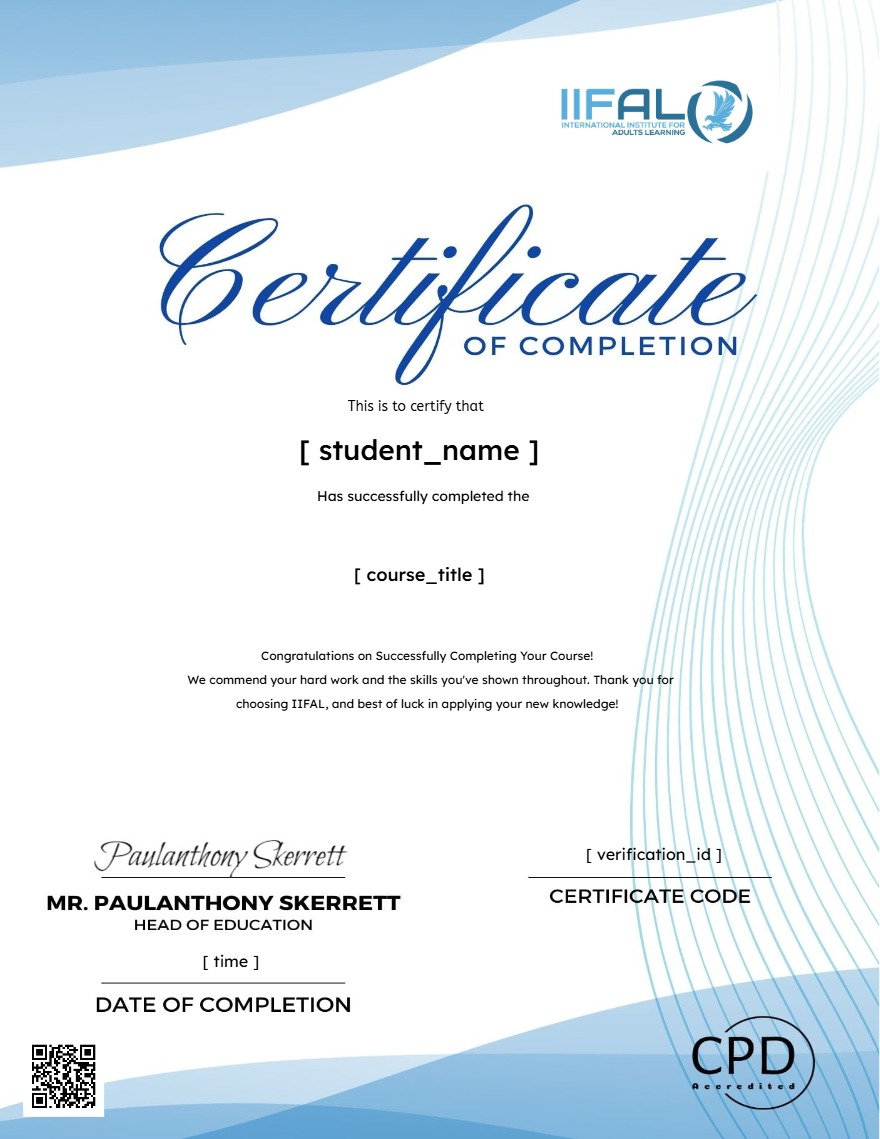
About Course
This course provides an introduction to the fundamentals of web design, covering the essential technologies that power websites, including HTML (HyperText Markup Language) and CSS (Cascading Style Sheets). Learners will explore how HTML structures the content of a webpage and how CSS is used to style and format that content for a visually appealing design. Through practical exercises and real-world examples, students will learn how to create simple yet effective webpages, covering everything from basic webpage structure to advanced styling techniques. This course is perfect for beginners looking to gain a solid foundation in web design
Course Content
Introduction to HTML and CSS for Web Design
Lesson 1: Beginners Level
HTML and CSS Fundamentals: True or False Questions
HTML / CSS – What Do These Tags Do?
Tools for Writing HTML and CSS
Understanding CSS
Review and Summary
Further Practice
Earn a certificate
Add this certificate to your resume to demonstrate your skills & increase your chances of getting noticed.

Student Ratings & Reviews

No Review Yet
